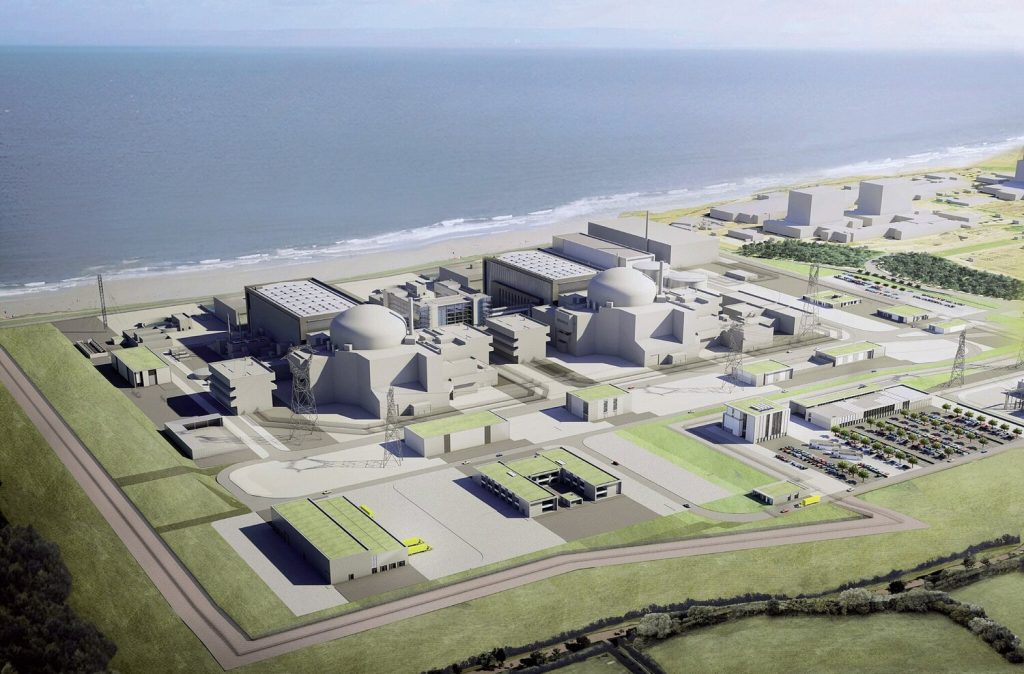Victoria Jones, Digital engineering lead for Bylor Joint Venture, will be at DCW 2022, presenting the incredible work on Hinkley Point C, the largest and most complex construction project in Europe.
We catch up with her in the lead up to the show to find out how she got into digital construction, and why she thinks XR will play a big part in the industry’s future…
Tell us about your background and how you came to join Bylor Joint Venture
I actually started out on the shop floor fixing bowling machines. I had a real fascination with structures and moving parts which was a bit of a reflection of my love of riding and tinkering with motorbikes.
While I was working at the bowling alley, I did a home study course in engineering, drawing and design (on an old drawing board) and was able to get my first design job as a design technician over 20 years ago.
From there, I discovered 3D modelling and data management and progressed working in manufacturing, design and project coordination.
Five years ago Laing O’Rourke hired me as a digital engineer on the East West Rail Phase 2 project. It was during this time that I completed my engineering degree with the Open University and started on a second degree in data science. Working for Laing O’Rourke, I had a good awareness of the other projects and the innovative things that were happening.
I had heard about Hinkley Point C and speaking with the team, was bowled over by their achievements. I realised that the nature of my studies and my interests were very well aligned and so did Laing O’Rourke when it was agreed to transfer me to the project.
What was your first role in digital construction?
I have been involved in digital construction my entire career however getting involved in the meld of modelling data to automate started when I worked as a project coordinator for a precast design and build company.
I had a good background in precast in the first instance and was involved with managing the design teams so that their models could be used to automatically generate manufacturing drawings along with automatic quantification.
What’s the best advice you’ve ever been given?
The best piece of advice I have received was to always let go of something that is not working. It is sometimes very easy to cling to something that you have developed, despite it having fundamental issues that are unlikely to be resolved. Be able to step back and accept that something does not work and move on.
What are the biggest challenges with the Hinkley Point C project?
The sheer size of Hinkley and the huge number of people involved is the biggest challenge. It is very difficult to try and align everything because, for example, there are different designers involved, the data types differ, and there are different attitudes and different ways of working. However, this is also what really appealed.

What new skills have the digital engineering team learnt during the project?
I joined the project relatively late in the construction and prior to my joining, the digital engineering team had achieved so much in ways that I have never seen before in design or construction.
Everything had to be scalable in digital engineering and activities had to have as little manual input as possible. There are skills within the DE team now that are more about business intelligence, programming and statistics.
How are automated processes creating better digitisation in the project?
Inconsistent or inaccurate modelling data is a challenge in any construction project.
By having tools created by the DE team that enrich all models with better data, locate them to specific drive positions with strict naming conventions, and have tools that put all of this information together (whether on a quantification, web-based dashboard or automatically creating, checking and saving federated models) means that not only are the outputs consistent, it gives the digital engineering team time to develop more innovative ways of working.
When you’re not on stage, where will we find you at the show?
I will no doubt be amongst the exhibitors looking to see what weird and wonderful developments are out there. I am also looking forward to presentations about Gen Z, open source applications and dark data.
What role do you think trade shows like DCW play in the lives of industry professionals?
It’s a great way to get a real feel for what’s happening in the world of digital construction. It inspires and motivates and is a great way to develop the industry as a whole.
What are the most exciting future applications for digital technology in construction?
I am still very much convinced that XR technology will bring about exciting future applications. I understand that there are very split views on the capability of this technology but I really think that it will become a big part of digital construction.
I have been involved in some of the applications out there and the technology is stepping ever closer in the right direction.
How is technology changing the way the industry communicates and collaborates?
I think it’s as much the generation as it is technology that’s changing the way the industry communicates and collaborates. Millennials and Gen Z bring with them their natural ability to effectively use new communication and collaboration technology.
 Victoria is a Digital engineering lead specialising in data-driven processes with nearly 20 years’ experience in the construction and design industry.
Victoria is a Digital engineering lead specialising in data-driven processes with nearly 20 years’ experience in the construction and design industry.
 By Grace Donnelly
By Grace Donnelly